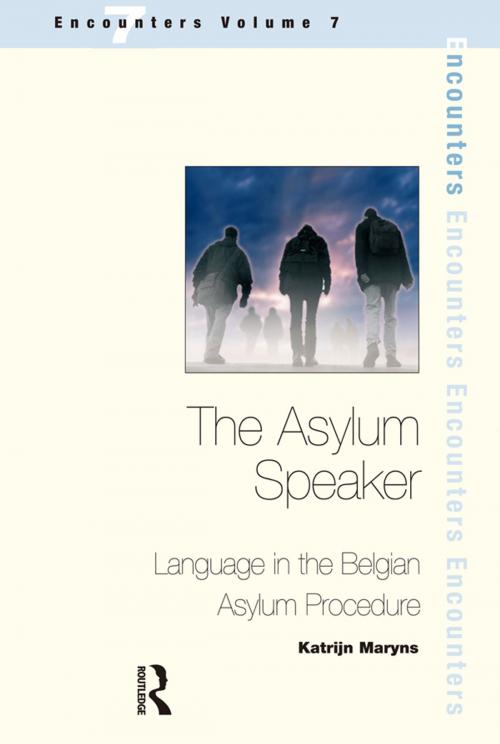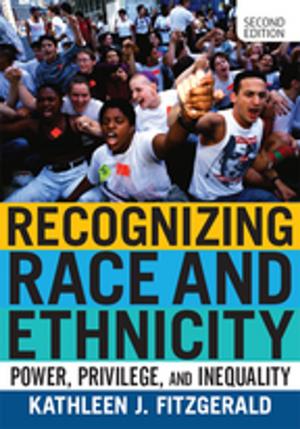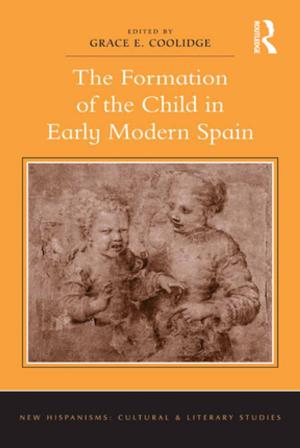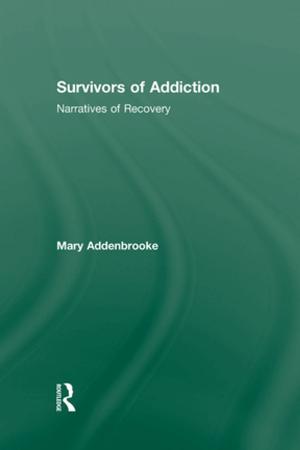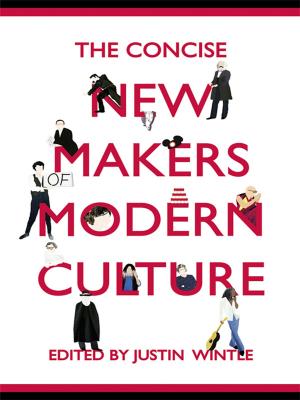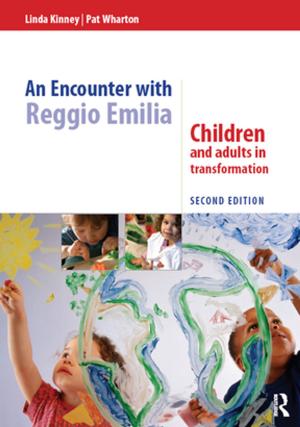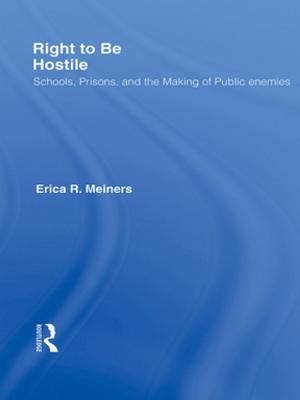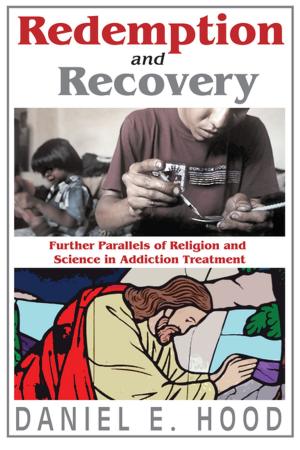The Asylum Speaker
Language in the Belgian Asylum Procedure
Nonfiction, Reference & Language, Language Arts, Linguistics| Author: | Katrijn Maryns | ISBN: | 9781317641704 |
| Publisher: | Taylor and Francis | Publication: | June 3, 2014 |
| Imprint: | Routledge | Language: | English |
| Author: | Katrijn Maryns |
| ISBN: | 9781317641704 |
| Publisher: | Taylor and Francis |
| Publication: | June 3, 2014 |
| Imprint: | Routledge |
| Language: | English |
Drawing on first-hand ethnographic data, field interviews with interpreters, interviewers and decision-makers, observations and off-record comments, The Asylum Speaker examines discursive processes in the asylum procedure and the impact these processes may have on the determination of refugee status. The book starts from the assumption that far-reaching legal decisions often have to be made on very limited grounds. Unable to submit any evidence to substantiate their case, the only chance that many asylum seekers have is to argue their case during the oral hearings with public officials at the different asylum agencies. Maryns investigates the performance of the asylum seeker during these interviews and analyzes the relationship between narrative structuring and gradations of linguistic competence. She explores a number of related questions: first, how the interaction between applicants and public officials proceeds; second, how this interaction forms the discursive input into long and complicated textual trajectories, and third, how the outcome of these discursive processes affects the assessment of asylum applications.
Maryns demonstrates how propositional aspects play a crucial role in the asylum procedure whereas little attention is paid to narrative-linguistic diversity and multilingual speaker repertoires. Her analysis reveals how insufficient insight into the linguistic structure and narrative features of the asylum account often results in a deficient processing of important details.
Drawing on first-hand ethnographic data, field interviews with interpreters, interviewers and decision-makers, observations and off-record comments, The Asylum Speaker examines discursive processes in the asylum procedure and the impact these processes may have on the determination of refugee status. The book starts from the assumption that far-reaching legal decisions often have to be made on very limited grounds. Unable to submit any evidence to substantiate their case, the only chance that many asylum seekers have is to argue their case during the oral hearings with public officials at the different asylum agencies. Maryns investigates the performance of the asylum seeker during these interviews and analyzes the relationship between narrative structuring and gradations of linguistic competence. She explores a number of related questions: first, how the interaction between applicants and public officials proceeds; second, how this interaction forms the discursive input into long and complicated textual trajectories, and third, how the outcome of these discursive processes affects the assessment of asylum applications.
Maryns demonstrates how propositional aspects play a crucial role in the asylum procedure whereas little attention is paid to narrative-linguistic diversity and multilingual speaker repertoires. Her analysis reveals how insufficient insight into the linguistic structure and narrative features of the asylum account often results in a deficient processing of important details.
